Isa Bey Mosque: An Architectural Treasure on Ayasuluk Hill
The Isa Bey Mosque, located on the slopes of Ayasuluk Hill, is one of the most representative monuments of the Seljuk period in Anatolia. Built in the 14th century by order of Isa Bey, grandson of the founder of the Aydınoğlu principality, this mosque stands out not only for its religious significance but also for its remarkable architecture and cultural symbolism.
History and Construction of the Isa Bey Mosque
The citadel atop Ayasuluk Hill is a Byzantine structure later expanded by the Seljuks. On this hill, surrounded by historical ruins, stands the Isa Bey Mosque, representing an architectural transition in Anatolia’s history. It is one of the first examples of a mosque incorporating a porticoed courtyard and a pool, in addition to columns and a transept. Its construction marks an evolution in the design of places of worship in the region, transitioning from pagan temples to Christian churches and, ultimately, to Muslim mosques.
An Example of Religious Succession in Anatolia
The Isa Bey Mosque reflects the region’s rich religious and cultural heritage. With its structure combining architectural elements from different eras, the mosque symbolizes the succession of beliefs and coexistence of religions in Anatolia over the centuries. Its innovative design served as a model for future Islamic constructions in the region.
Architectural Features of the Mosque
The mosque measures 51 x 57 meters and consists of two side apses, each crowned by a central dome. This layout gives it an elegant symmetry and a spacious, bright interior. The western facade, covered in marble, is decorated with intricate geometric designs and calligraphic inscriptions reflecting the Seljuk artistic style.
Western Facade and Decorative Details
The western marble facade is one of the mosque’s most ornate parts, with geometric and calligraphic decorations showcasing the skill and craftsmanship of Seljuk artisans. This detailed decoration testifies to the high level of sophistication and refinement in the Islamic architecture of the time.
The Mosque Interior: Marble and Classical Elements
The interior of the Isa Bey Mosque is also marble-clad, giving it a majestic and timeless appearance. Inside the mosque, there is a mihrab indicating the direction of Mecca and a pulpit from which sermons are preached. The mosque’s columns are particularly notable, as they come from classical eras and were repurposed from nearby ruins, adding a unique historical touch to the interior.
The Mihrab and the Pulpit
The mihrab, located on the qibla wall, is finely decorated and serves as the interior focal point of the mosque. Next to it, the pulpit reflects the detail and precision of Islamic ornamentation, with both elements being essential in religious practice and mosque design.
19th Century Use of the Mosque: From Worship to Caravanserai
In the 19th century, the Isa Bey Mosque also served as a caravanserai, a refuge for travelers and merchants traversing the region’s trade routes. This adaptation shows how the mosque has been a multifunctional space, serving both religious and practical purposes. Its use as a caravanserai is a testament to the importance of hospitality in Islamic culture and the role of mosques as community centers.
Ayasuluk Hill and the Byzantine Citadel
The mosque is situated on Ayasuluk Hill, a place of strategic and historical importance, crowned by a Byzantine citadel expanded and used by the Seljuks. This location adds a broader historical context to the Isa Bey Mosque, as it is surrounded by remnants of different periods and cultures, from Byzantine to Ottoman.
A Monument of Cultural Influence
The presence of the citadel and mosque on Ayasuluk Hill reflects the interaction and overlap of cultures in Anatolia. This site is a tangible display of how architecture and religion evolved and adapted over the centuries in a region with a multicultural heritage.
Tips for Visiting the Isa Bey Mosque
- Location: The Isa Bey Mosque is located on the slopes of Ayasuluk Hill, near the ruins of Ephesus.
- Best visiting time: Early morning or late afternoon is recommended to avoid the heat and enjoy better lighting.
- Respect the site: As a sacred place, visitors are asked to dress appropriately and respect the behavior rules inside the mosque.
Conclusion
The Isa Bey Mosque is a unique monument in Anatolia symbolizing the fusion of architectural styles and the succession of religions in the region. With its innovative design, rich ornamentation, and historical context, this mosque is a testament to the Seljuk cultural heritage in Ephesus. Visiting the Isa Bey Mosque allows one to explore an important part of Islamic history in Turkey and appreciate an architectural work that has withstood the test of time as a symbol of faith and culture.
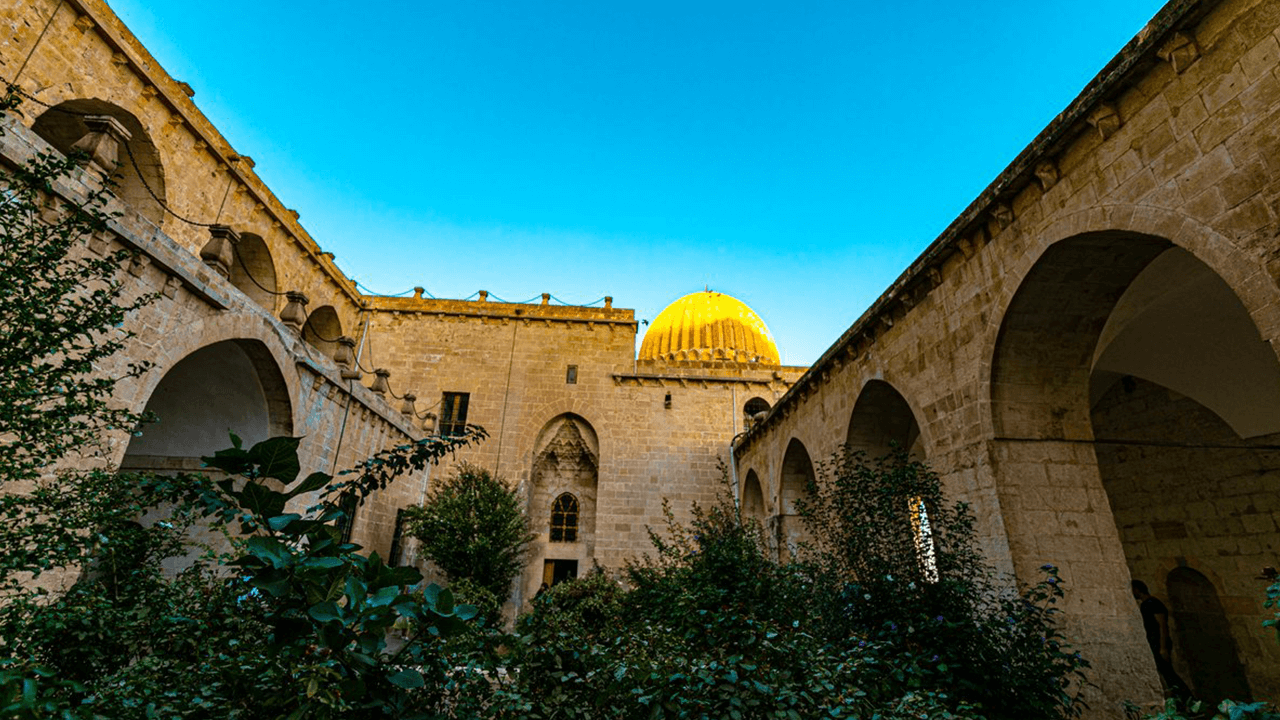
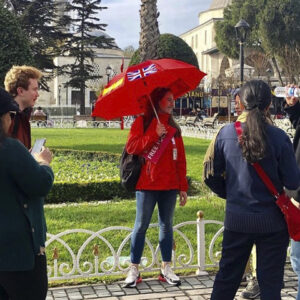
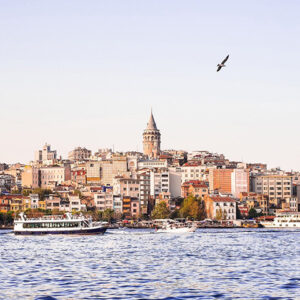
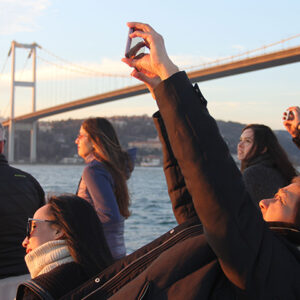
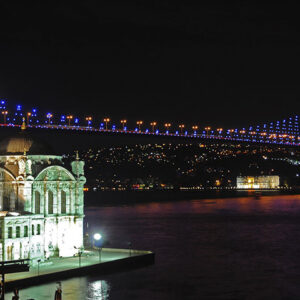

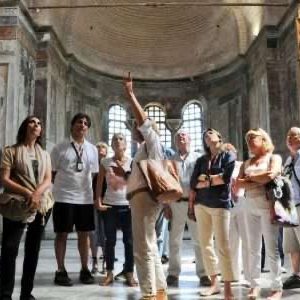
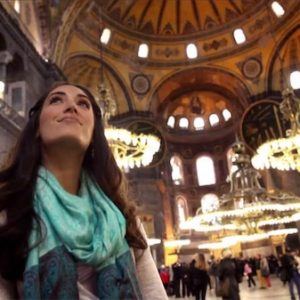
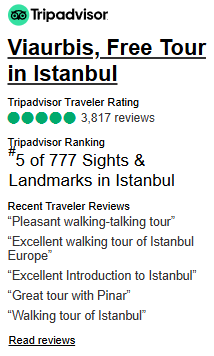

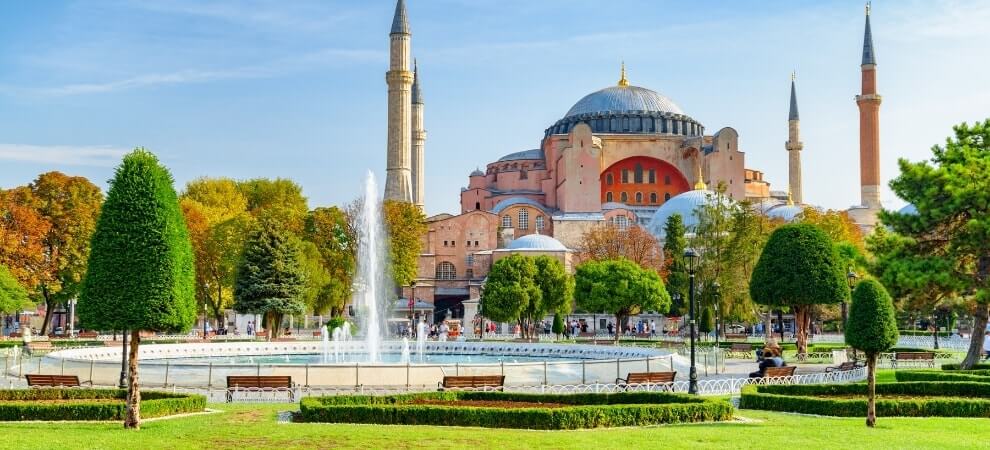
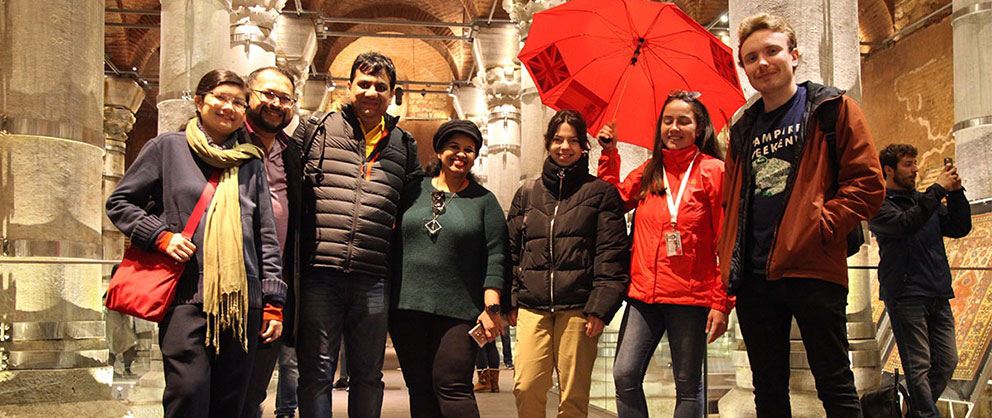
3 thoughts on “Isa Bey Mosque”
★★★★★
The charm of ‘Isa Bey Mosque’ captivated me entirely. It’s a destination that leaves no one indifferent.
★★★★★
Highly recommend visiting ‘Isa Bey Mosque’—a site rich with history and unparalleled beauty.
★★★★★
Looking for an authentic and enriching experience? ‘Isa Bey Mosque’ is the place to be! Absolutely worth the visit.